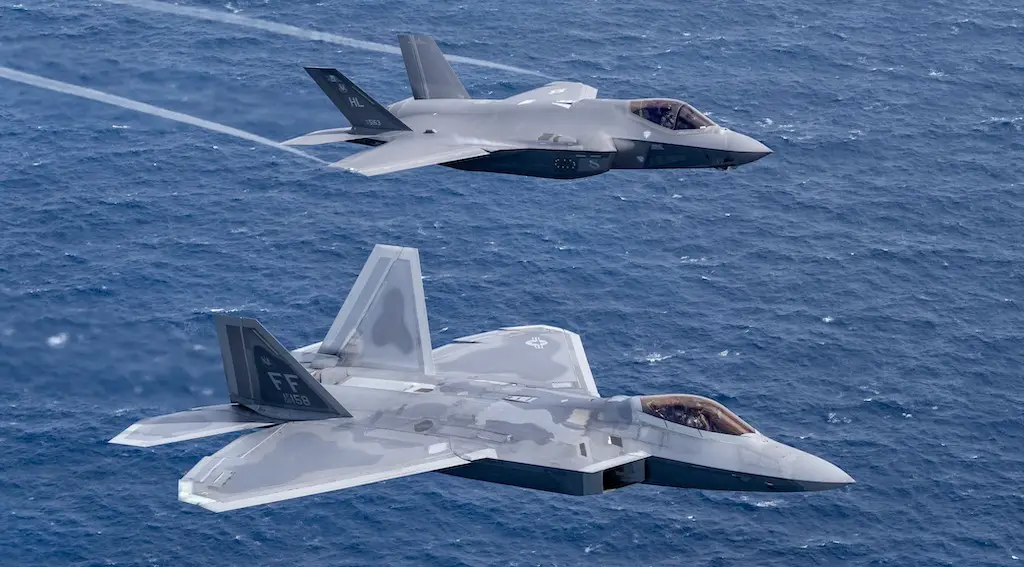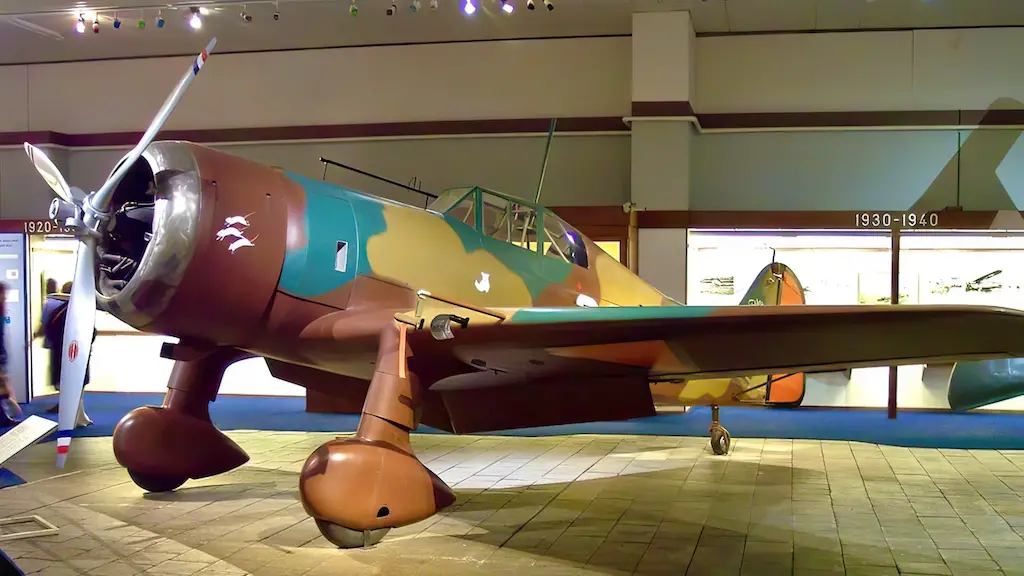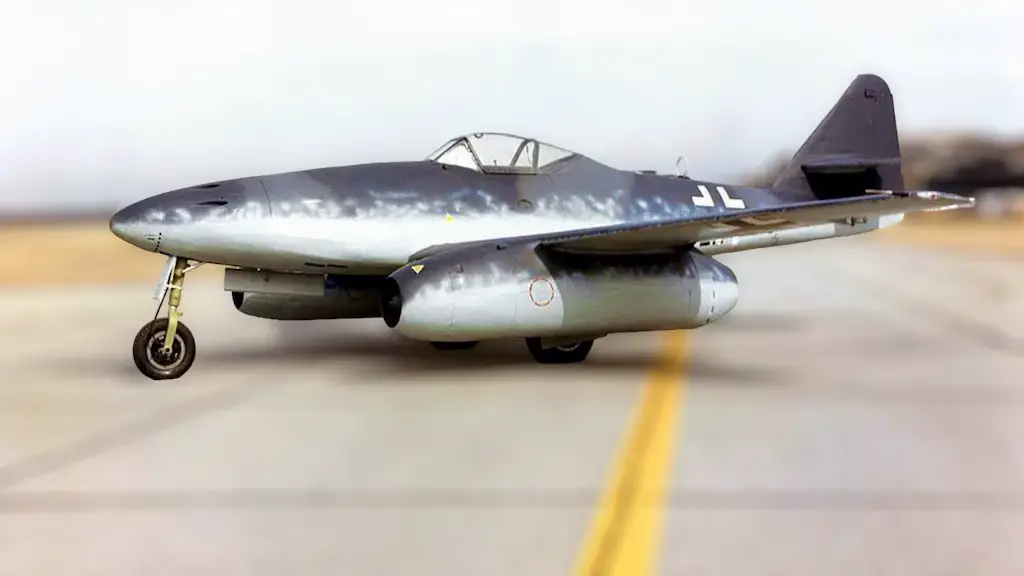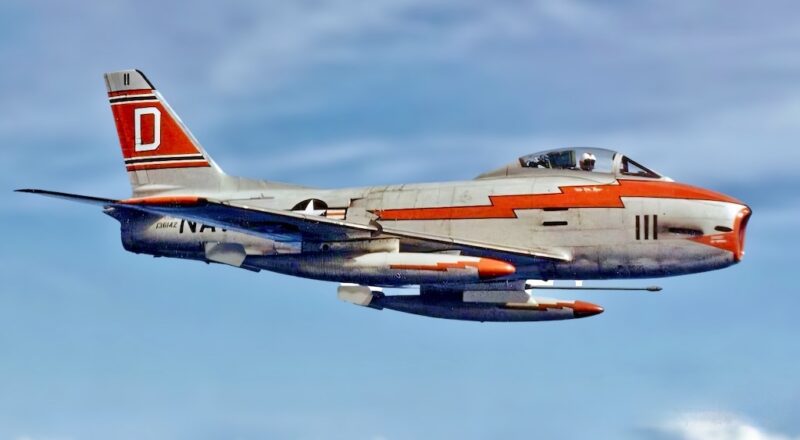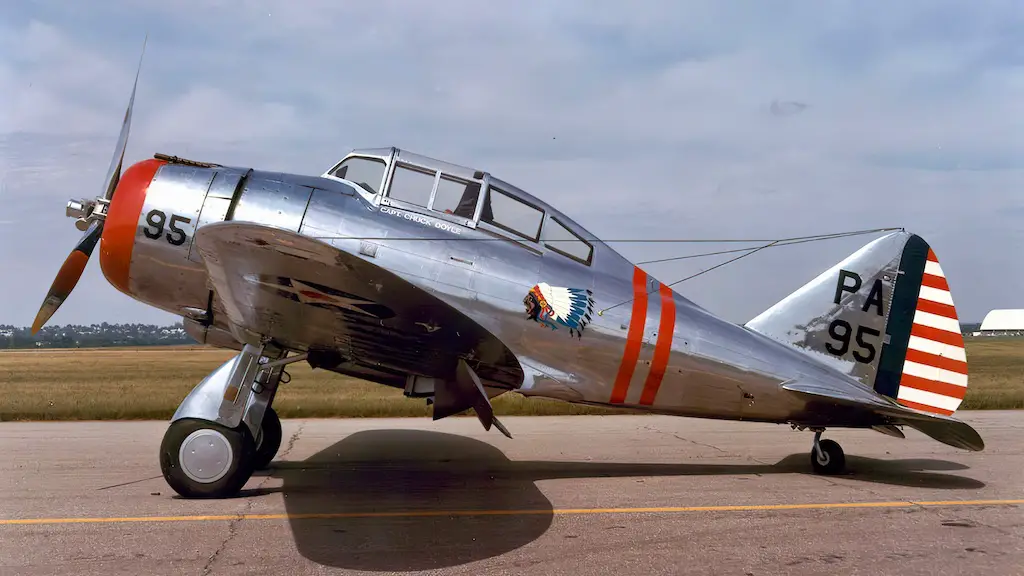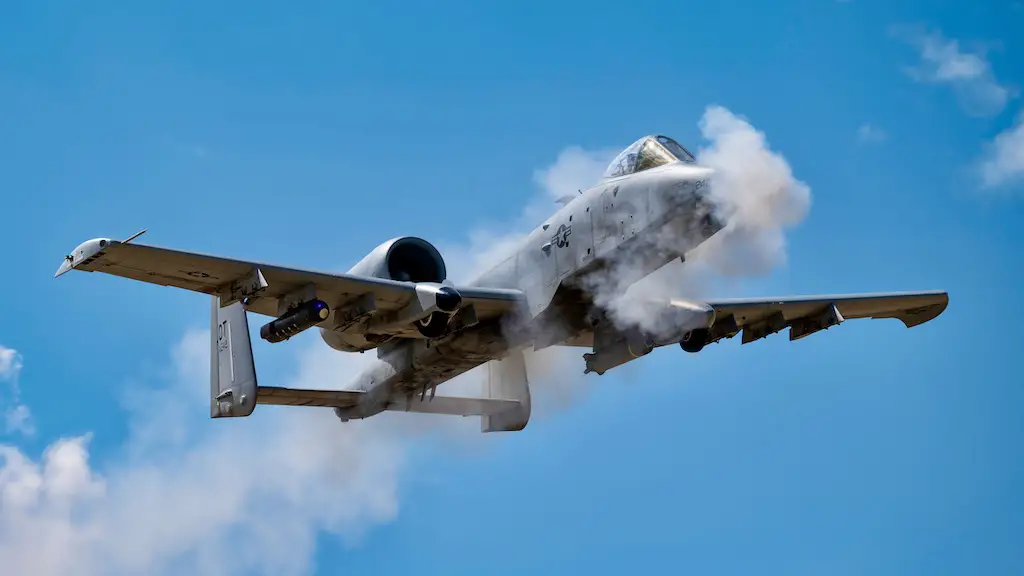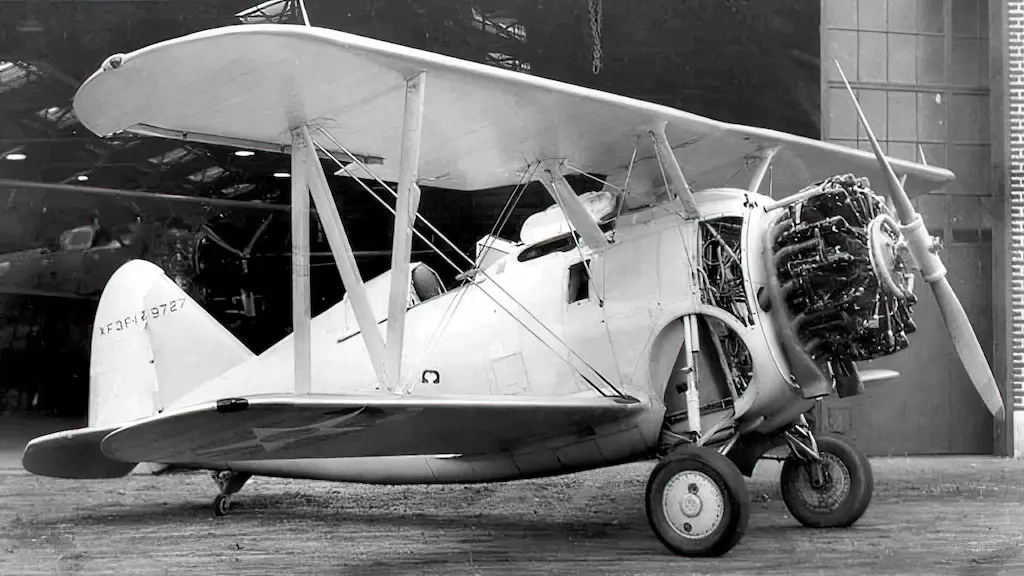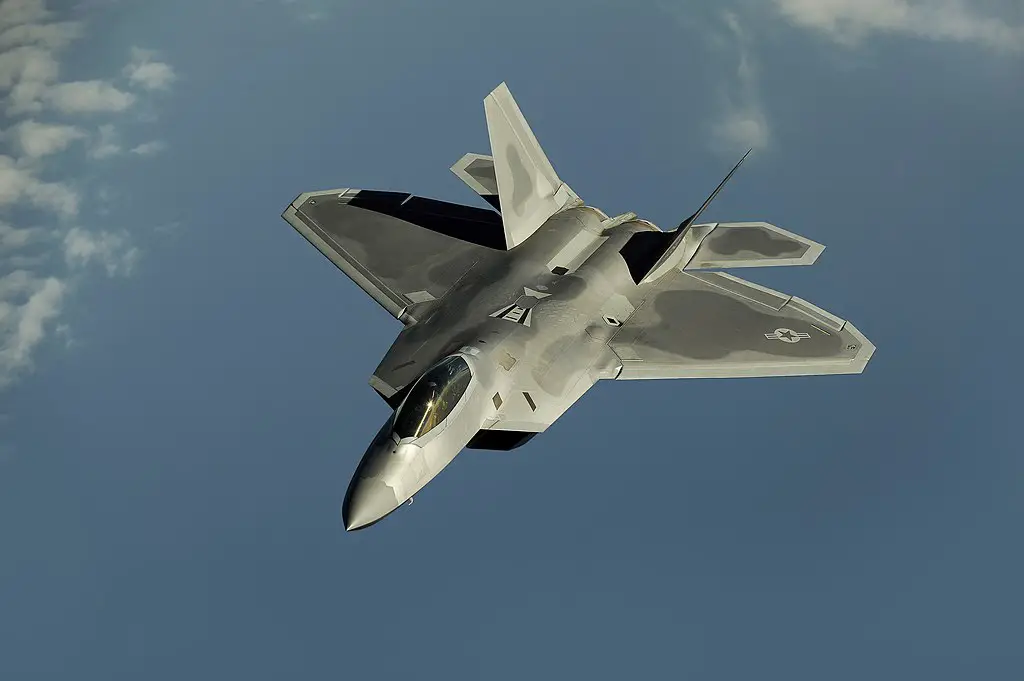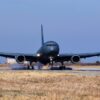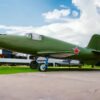The F-22 versus the F-35. On the one side, you have the world’s best aircraft in air dominance. On the other hand, you have the world’s most expensive weapons purchase program. Despite their similarities in many aspects, the F-22 Raptor and F-35 Lightning II are two quite different aircraft.
These two aircraft can perform many of the same missions, however the F-35 was ordered into production to cover the holes left by the F-22. Similarly, the F-35 has flaws where the F-22 excels. The cost and capability of the F-22 and F-35 are the primary differences.
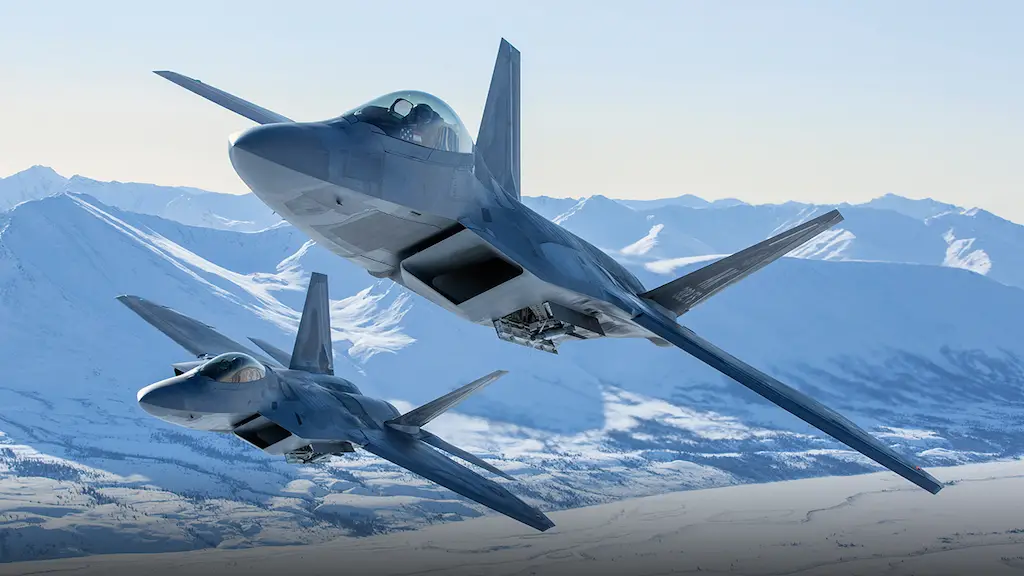
The Fighters
The F-22 Raptor that launched the fifth generation is probably the scariest sight an enemy pilot can see in the skies. However, they will very certainly never see or hear the F-22 until it shoots them down. The Raptor is so highly advanced that not even the United States’s closest allies were permitted to purchase it for fear of the technology getting into the hands of the wrong people. In 1998, Congress passed an amendment prohibiting its sale.
There are now 187 operable F-22s in service, a modest quantity when compared to other aircraft in the United States arsenal. Nonetheless, the Air Force has begun retiring the Raptor and plans to cut that number even further by sending 33 Raptors to the boneyard. The F-35, unlike the F-22, is a multirole aircraft, and as the phrase goes, “a jack of all trades is a master of none, but oftentimes better than a master of one.”
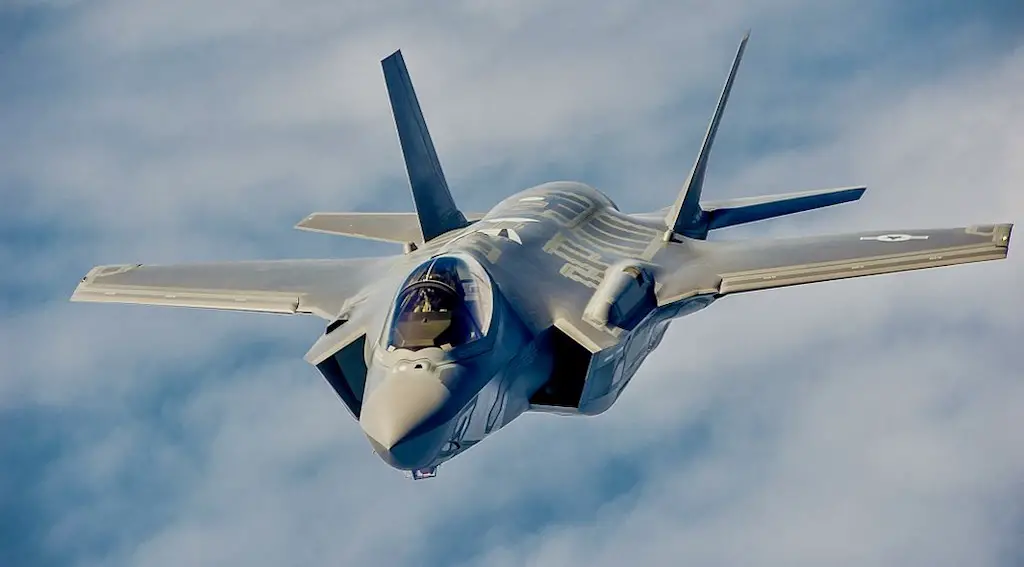
It is slower than other fourth-generation vehicles and lacks thrust vectoring. However, it compensates for its shortcomings in other areas. For starters, it is very technological, with sensors, computers, and data linkages to absorb and share information.
The DAS, the electronic warfare suite, the data connection, and the EOTS system, which serves as both an IRST and a laser designator, are a few examples. The F-35 also has a more versatile mission profile, whereas the F-22 is primarily a superiority fighter. Furthermore, the F-35 can launch from land or sea and possesses VTOL, improving its mobility.
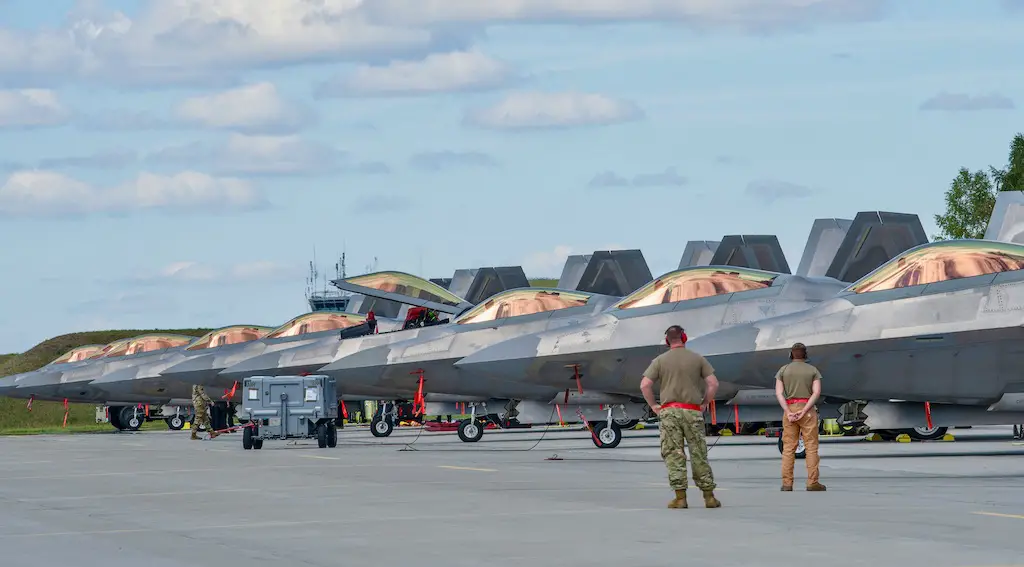
Cost
Let us compare the prices of the F-22 and the F-35. The F-22 is not cheap. Because of rising project costs, the US Air Force had to halt F-22 manufacturing early. A single aircraft costs an estimated $334 million, including research and development (unit cost of $150 million). The Air Force wanted 700 F-22s but had to suspend production after just 200 were built since they were already over budget. An F-22 flight costs around $60,000 per hour.
With such a large price tag and no immediate threat in the open air requiring the most formidable fighter plane in the world, the United States Military needed to devise a more feasible, less expensive long-term answer.
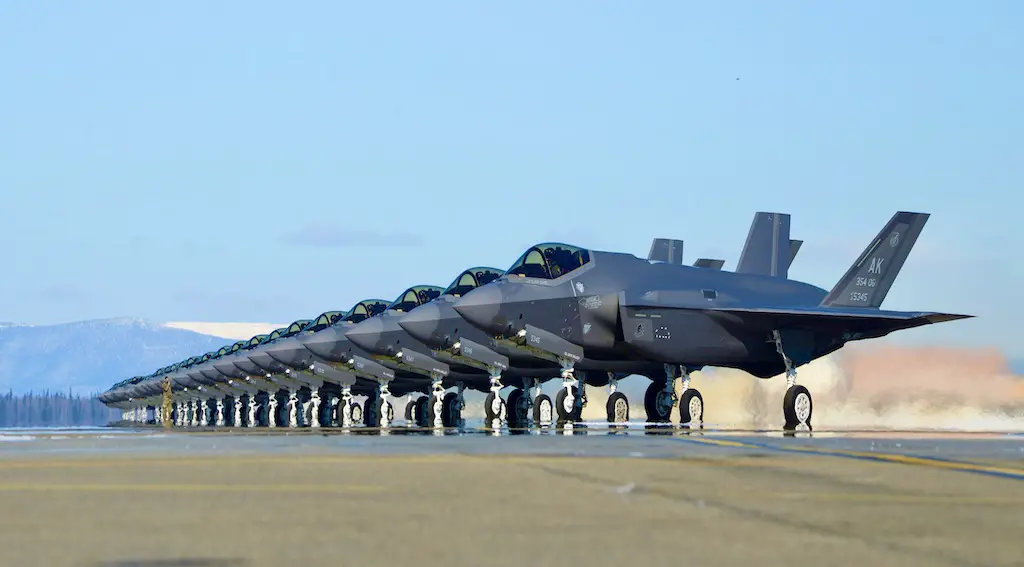
Lockheed Martin is now under contract to supply the Pentagon with 90 new F-35s for $8.2 billion. After the program is completed, over 2,400 F-35s are projected to be built for the Navy, Air Force, and Marine Corps. One aircraft is anticipated to cost $91 million. The flight costs about $67,000 each hour.
What about the manufacturing of the F-22 against the F-35? The F-35 Lightning II will be produced by the United States Military until 2037, owing to its greater ability to engage targets on land and lower production costs. The final F-22 was delivered in 2012.
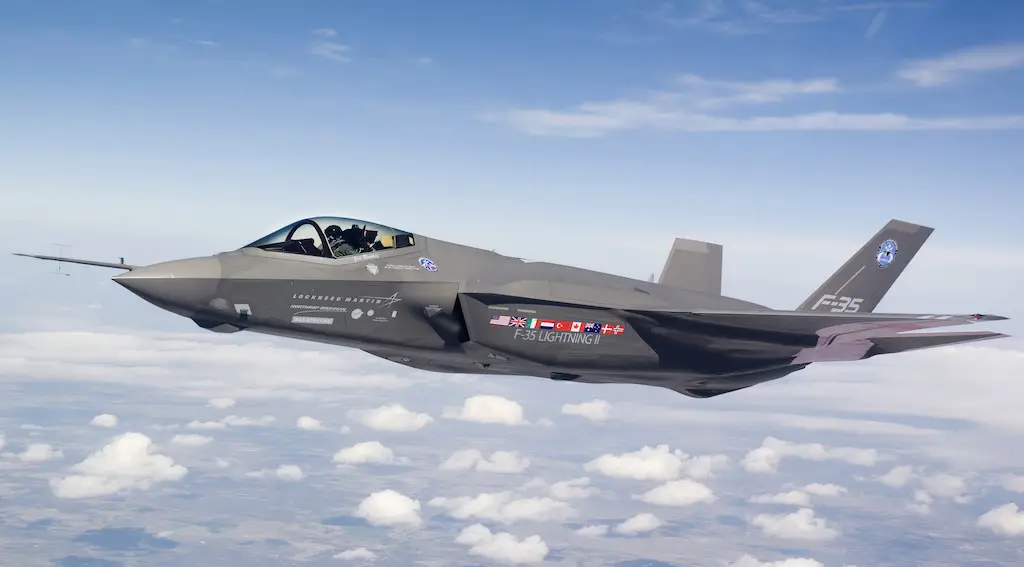
Avionics
Northrop Grumman’s AN/APG-77 radar is specially designed for the Raptor. It provides the F-22 with an almost insurmountable advantage: it can find and fight the opponent without that aircraft ever spotting the F-22 on its radar. The AN/APG-77 employs a 2,000 transmitter/receiver module active and electronically scanned antenna array. It can also send data over a secure channel and jam adversary electronics systems.
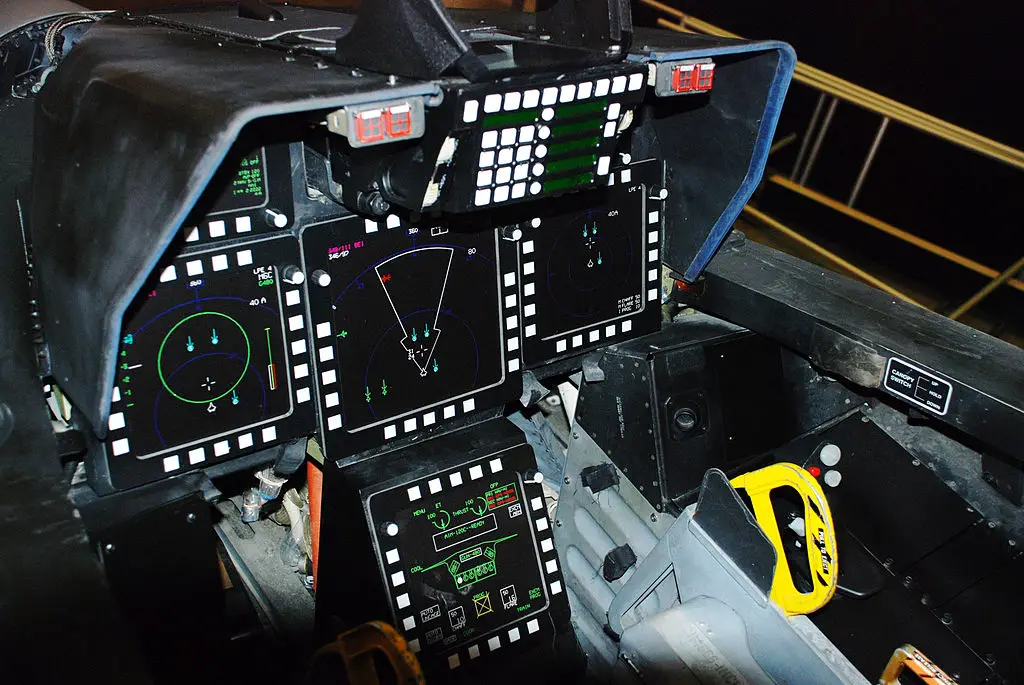
Countermeasures are also included in the F-22. When a heat-seeking missile detects an F-22 Raptor, it fires flares to divert the heat-seekers. When a radar-guided missile latches on to an F-22 Raptor, it fires chaff (small particles of reflecting material) to scatter the radar waves.
The AN/APG-81 avionics system from Northrop Grumman is installed aboard the F-35 Lightning. The 81 variant has all of the same air-to-air capabilities as the AN/APG-71, but it also has high-resolution ground mapping, an Advanced Electro-Optical Targeting System (EOTS), and a specifically designed AN/ASQ-239 Barracuda electronic warfare system.
These and other devices equip the F-35 Lightning with unprecedented 360-degree situational awareness. The F-35 is also equipped with multispectral imaging countermeasures. Let’s compare the size and speed of the F-22 and F-35.
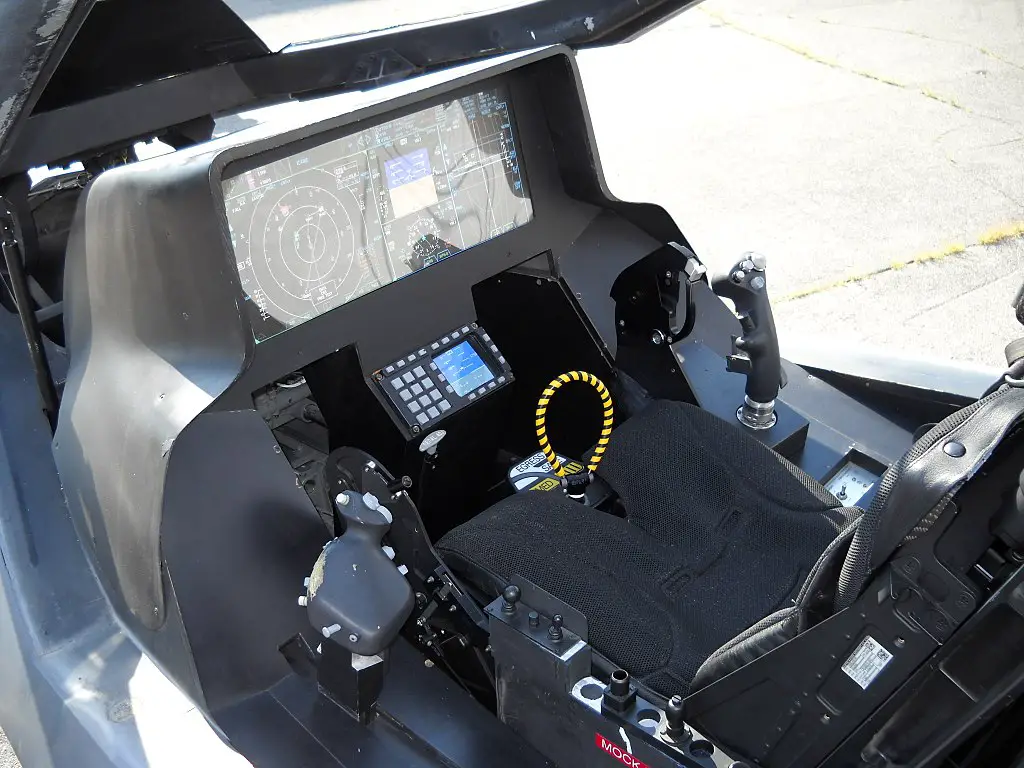
Speed
When it comes to sheer speed, the F-35 just cannot compete. However, it was not designed to do so. The F-35’s air-to-ground combat architecture does not allow for breakaway speed. It has a top speed of 1.60 Mach and less mobility in dogfight settings than the F-22. The F-22 can reach a top speed of 2.25 Mach. It has a top speed of 62,000 feet per minute, while the F-35 has a top speed of 45,000 feet per minute.

Weapons Bays
The F-22 includes a weapons compartment intended specifically for air-to-air warfare. The primary bay, positioned at the bottom of the fuselage, can house six LAU-142/A launchers for missiles meant for beyond visibility adversaries. Each side weapons bay on the fuselage’s left and right sides houses an LAU-141/A launcher for shorter-range missiles.
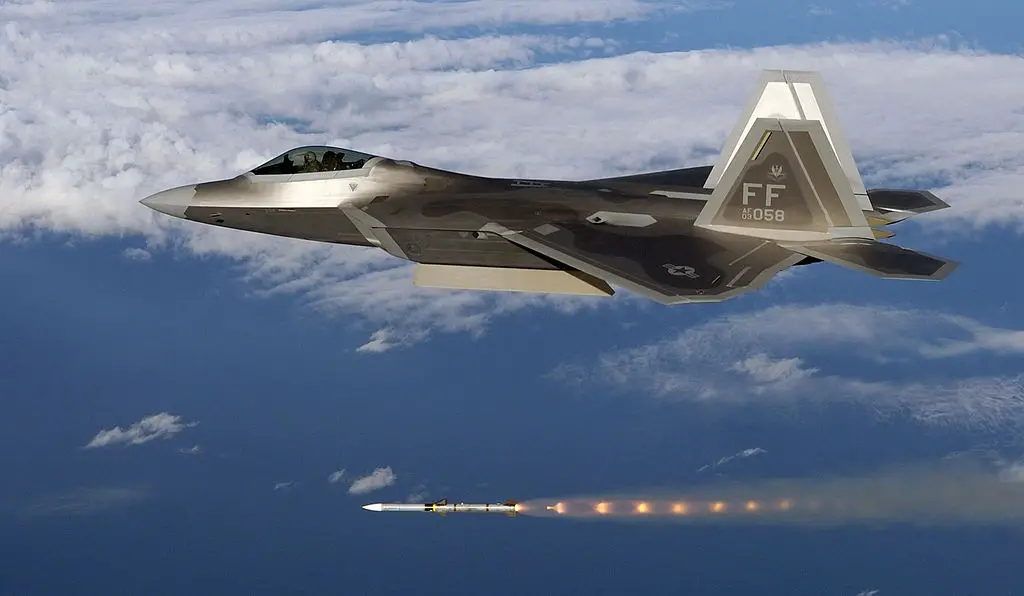
The F-35, which was developed for a more varied engagement strategy, also includes a distinct weapons compartment. The F-35’s bay is deeper and narrower than the F-22’s, allowing it to carry bigger bombs for air-to-ground combat. The F-35 can carry the following air-to-ground bombs: AIM-120 AMRAAM, AIM-132 ASRAAM, and AIM-120 AMRAAM.
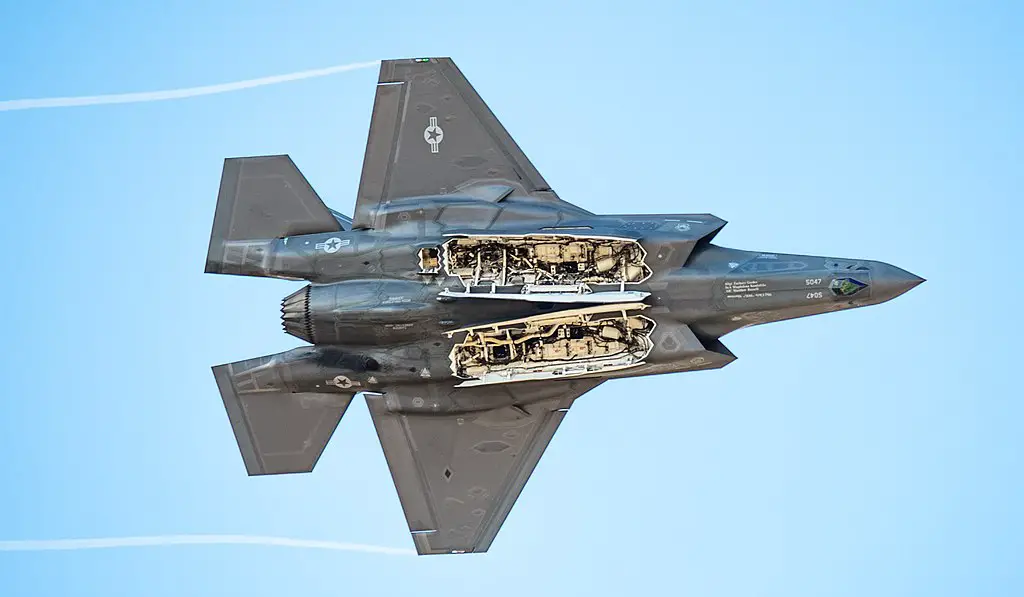
Brimstone anti-tank missiles, cluster munitions, the Joint Direct Attack Munition, and the Paveway bomb series Some of these can weigh as much as 2,000 pounds. A 1,000-pound bomb can be carried by an F-22. Scroll down to see an infographic that compares the F-22 to the F-35.

